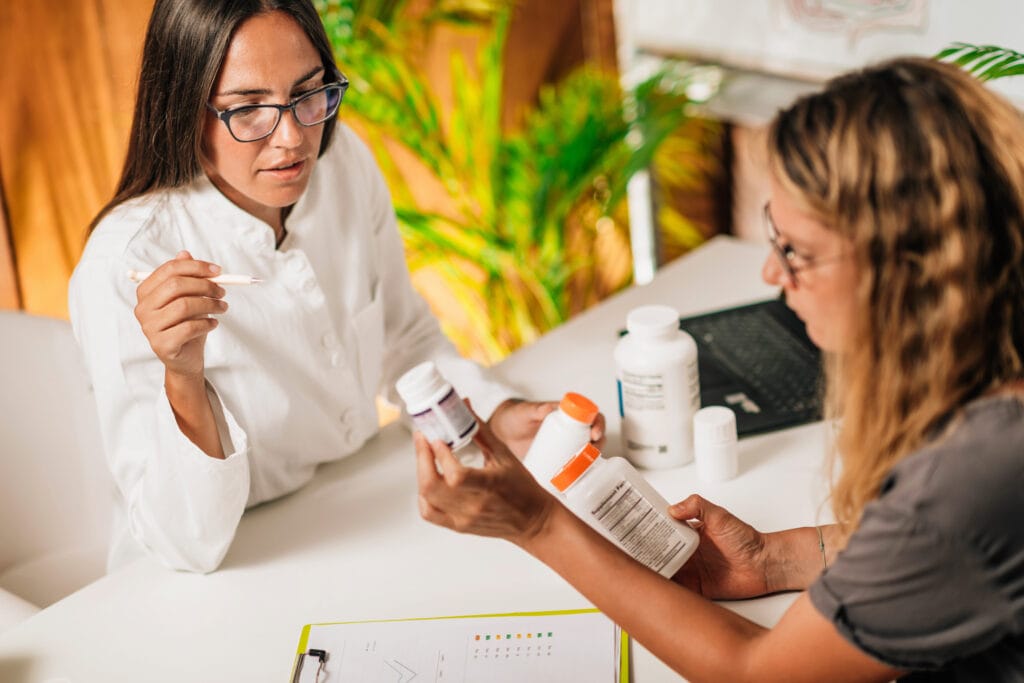Methadone is a long-acting synthetic opioid that has been a cornerstone in the treatment of opioid use disorder (OUD) for decades. As part of medication-assisted treatment (MAT), methadone plays a crucial role in reducing withdrawal symptoms and cravings, allowing individuals to focus on recovery and rebuilding their lives. This blog explores what methadone is, how it works, and its use in MAT programs.

Methadone is a full opioid agonist, meaning it activates the brain’s opioid receptors much like other opioids such as heroin, morphine, or prescription painkillers. However, methadone is different in its duration and strength. It has a much longer half-life—lasting up to 24 to 36 hours—which helps stabilize individuals by preventing the cycle of highs and lows typical of short-acting opioids.
First developed in Germany in the 1930s and later introduced in the U.S. in the 1940s as a pain reliever, methadone was adopted in the 1960s as a treatment for heroin addiction. Since then, it has become one of the most studied and regulated medications for opioid dependency.
Methadone's primary function in the treatment of opioid use disorder is to reduce withdrawal symptoms and suppress cravings without producing the intense euphoria associated with drugs like heroin or fentanyl. It does this by:
Importantly, methadone does not cause a high when taken as prescribed. Instead, it allows the person to function normally, participate in therapy, and engage in daily activities without the constant preoccupation with obtaining and using opioids.
Medication-assisted treatment is a comprehensive approach to treating substance use disorders that combines FDA-approved medications like methadone with counseling and behavioral therapies. MAT is considered the gold standard for treating opioid addiction due to its proven effectiveness in improving outcomes.
Here’s how methadone is used in MAT:
When a patient first enters treatment, methadone is carefully introduced and titrated to the appropriate dose under medical supervision. The goal is to find the lowest effective dose that prevents withdrawal symptoms and cravings without causing sedation or intoxication.
Once stabilized, patients continue on a daily dose of methadone. During this phase, individuals engage in counseling, support groups, and behavioral therapies. Methadone helps them remain in treatment and maintain stability in their lives.
Some individuals may eventually choose to taper off methadone under medical guidance. Tapering is a gradual process and not a requirement for successful recovery. For many, long-term maintenance is a better option that supports sustained recovery and prevents relapse.
Methadone treatment is highly regulated in the U.S. and must be administered through certified opioid treatment programs (OTPs). Patients often need to visit a clinic daily for dosing, especially in the early stages of treatment, though take-home doses may be permitted over time based on stability and adherence.
Methadone is safe when used as prescribed, but like all opioids, it carries a risk of overdose—especially when combined with other sedatives like benzodiazepines or alcohol. Therefore, it is essential that patients follow medical advice closely and engage in the full spectrum of care that MAT provides.

Methadone is a powerful tool in the fight against opioid addiction. When used as part of a comprehensive MAT program, it offers individuals the chance to stabilize, recover, and reclaim their lives. Though not a cure, methadone enables recovery by addressing the physiological aspects of addiction and supporting long-term behavioral change. With continued support and access to quality care, methadone helps transform the cycle of addiction into a path toward lasting wellness.
If you or a loved one is looking for support, call us today at 844-909-2560, or email us at info@metaaddictiontreatment.com. You can also visit any one of our three locations, which are open 24/7:
Don't wait to get help. Start a journey towards happiness today.